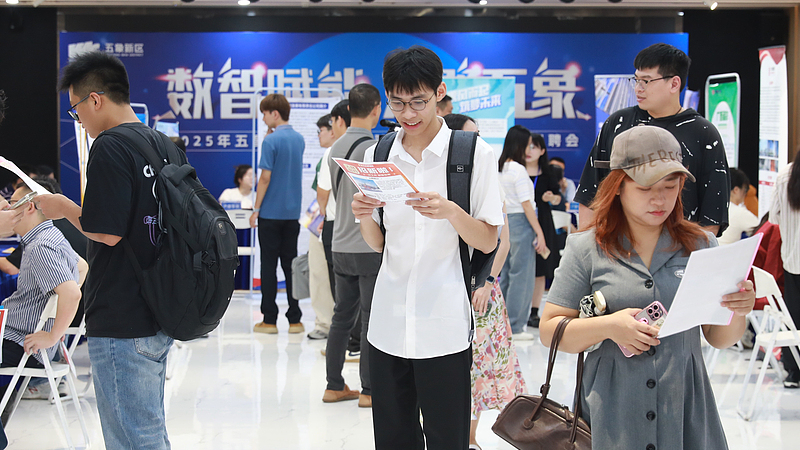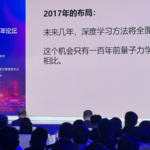As nations race to harness artificial intelligence (AI) for economic and technological dominance, China is reimagining its approach to cultivating AI talent through interdisciplinary education and disruptive training models. Professors Gai Keke and Yu Jing highlight how evolving industry demands are reshaping the country’s strategies to maintain its competitive edge.
Rethinking AI Education for a New Era
Traditional AI education models, often confined to computer labs and supervisor-led projects, are increasingly at odds with the need for cross-disciplinary expertise. Institutions like Beijing Institute of Technology’s Zhongguancun Academy are pioneering a “Six Extreme” framework to address this gap. Dean Tieyan Liu explains: “Our principles of ‘Extreme Fundamentals’ and ‘Extreme Interdisciplinary’ collaboration aim to produce professionals capable of tackling AI’s next frontier.”
The Rise of Maximal Collaboration
By assembling teams spanning mathematics, biology, physics, and computing, Chinese institutions seek to accelerate AI’s generalization across industries. This mirrors global trends, such as UC Berkeley’s AI-focused legal studies program, underscoring a shared recognition of AI’s transformative potential when fused with diverse fields.
Global Implications for Tech Leadership
As China refines its talent pipeline, the outcomes could influence everything from supply chain automation to ethical AI frameworks. For investors and policymakers, these educational shifts signal long-term opportunities in Asia’s tech-driven markets while raising questions about workforce readiness worldwide.
Reference(s):
China's AI and global industry shift: A talent-driven perspective
cgtn.com








